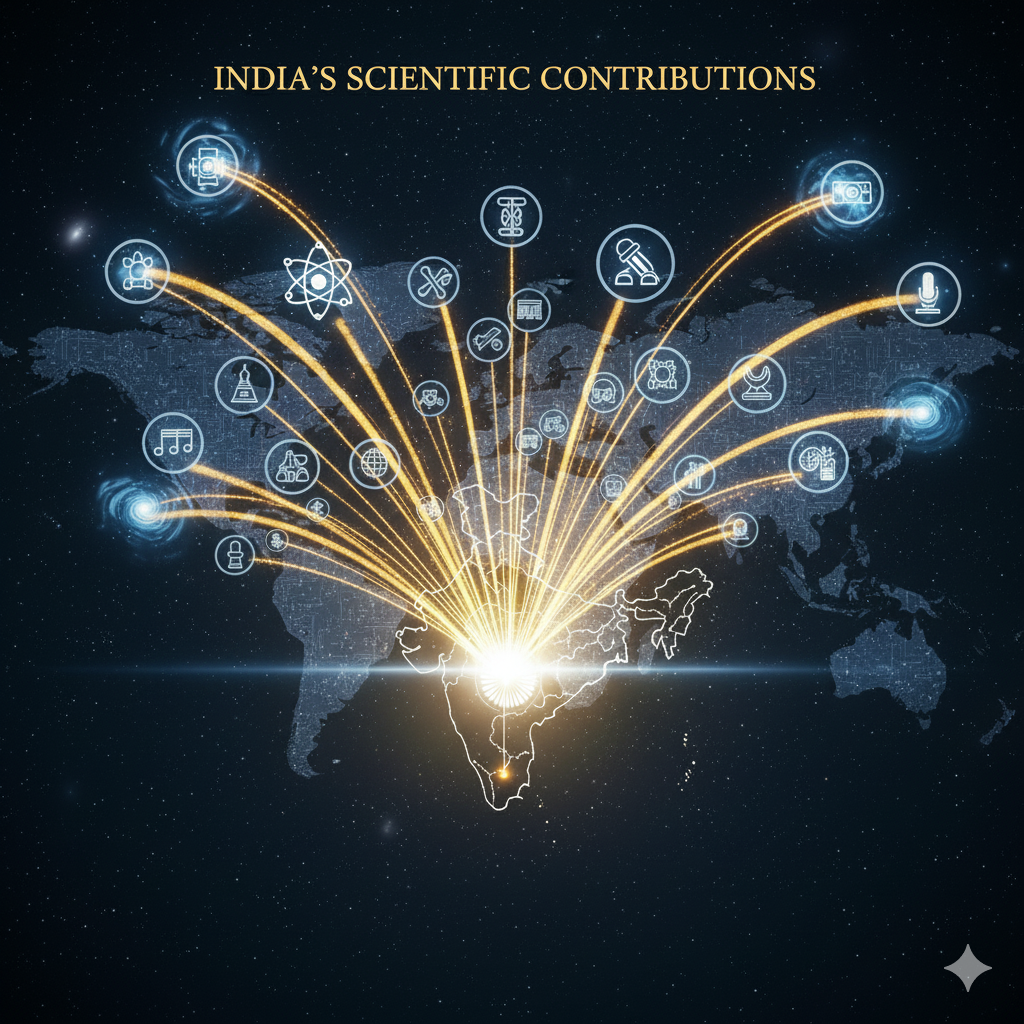The Harappan Civilization, also known as the Indus Valley Civilization (IVC), was one of the most advanced urban cultures of the ancient world, flourishing around 2500 BCE to 1900 BCE. The remarkable town planning of Harappan cities highlights their expertise in civil engineering, urban management, and architecture. The well-planned cities, advanced drainage systems, and systematic layouts reflect a high level of administrative control and a sophisticated understanding of town planning.
Key Features of Harappan Town Planning
1. Grid System Layout
One of the most striking features of Harappan town planning was the grid system. Cities like Mohenjo-Daro and Harappa were laid out in a systematic manner with streets cutting each other at right angles, dividing the city into rectangular blocks. This grid pattern indicates careful urban planning and suggests that the cities were designed before being built.
The uniformity of this grid-based layout across multiple Harappan sites implies a centralized authority overseeing urban planning and construction. The streets were well-planned and designed to accommodate large crowds, trade carts, and processions. The width of major roads was greater than that of secondary streets, ensuring smooth traffic flow. Some roads even had raised footpaths for pedestrians.
2. Division into Citadel and Lower Town
Harappan cities were typically divided into two major sections:
- Citadel: A raised and fortified area, possibly housing important administrative and religious buildings. Structures such as the Great Bath of Mohenjo-Daro and granaries were located here. The citadel served as the political and religious hub of the city, likely occupied by elites and governing authorities.
- Lower Town: The residential and commercial area, where the common people lived. The houses in this section were well-constructed and often had courtyards. This area was meticulously organized, with distinct zones for different activities, such as trade, craft production, and domestic life.
3. Advanced Drainage System
One of the most remarkable aspects of Harappan town planning was its sophisticated drainage system. The cities had a well-planned network of covered drains made of bricks, with soak pits and inspection holes at regular intervals. Almost every house was connected to this drainage system, ensuring efficient waste disposal and maintaining cleanliness.
The drains ran along major streets and lanes, with smaller drains from homes leading into larger drainage channels. Many of these drains were covered with bricks or stone slabs to prevent blockages. Regular maintenance and cleaning of drains suggest that sanitation and hygiene were prioritized by the Harappans.
4. Standardized Building Materials and Architecture
The Harappans used standardized burnt bricks for construction, which ensured uniformity in buildings. The houses were mostly single or double-storied, featuring rooms built around a central courtyard. Many houses had private wells and bathrooms, indicating an emphasis on hygiene and sanitation.
The use of fired bricks instead of sun-dried bricks suggests an advanced understanding of durability and longevity in construction. The houses varied in size, indicating a hierarchical society, but even smaller houses had access to public amenities like drainage and water supply.
5. Public Buildings and Granaries
Harappan cities featured large public buildings, including granaries, warehouses, and assembly halls. The presence of large granaries suggests that the civilization had surplus food storage and an organized trade system.
Granaries were built using thick walls to ensure food preservation and prevent spoilage. The existence of granaries near riverbanks suggests that trade and transport of goods played a crucial role in the Harappan economy. These storage facilities could have been used for tax collection in the form of agricultural produce.
6. The Great Bath of Mohenjo-Daro
The Great Bath, one of the most significant structures in Mohenjo-Daro, highlights the importance of water management and ritualistic practices in Harappan society. It was a large, rectangular pool made of waterproof bricks, surrounded by a series of rooms, likely used for religious or community gatherings.
The Great Bath had an intricate water supply and drainage system, including a well for fresh water and an outlet for used water. This suggests that water played a significant role in religious or social rituals. The presence of changing rooms around the bath further supports the idea of ritualistic or communal bathing.
7. Fortification and Security Measures
Many Harappan cities had massive fortifications made of bricks, possibly for defense against floods or external invasions. The presence of watchtowers and gateways suggests that security and regulation of trade were important aspects of city life.
The fortified walls indicate an awareness of possible threats, whether natural or man-made. Some cities, such as Dholavira, had multiple layers of defensive walls, further emphasizing their concern for security.
8. Organized Marketplaces and Trade Centers
The discovery of seals, weights, and standardized measures indicates a well-regulated trade system. The cities had designated market areas, where artisans and traders conducted business. The extensive trade network extended to Mesopotamia, Persia, and Central Asia.
Harappan seals, often made of steatite, were used for trade and administrative purposes. The presence of these seals in Mesopotamia suggests strong commercial ties with other civilizations. Standardized weights ensured fairness in trade transactions.
9. Use of Underground Structures
Some Harappan cities, such as Dholavira, had underground reservoirs and step-wells to store water. This advanced water conservation system highlights their knowledge of hydrology and resource management.
Dholavira’s water conservation methods were highly advanced, with a series of interconnected reservoirs to store and distribute water efficiently. This ensured a steady water supply even in arid conditions.
10. Planning for Public Welfare
Harappan town planning prioritized public welfare through features such as wide roads, street lighting arrangements, designated areas for different social groups, and public sanitation facilities.
The presence of large open spaces suggests the importance of community interaction, trade, and public gatherings. Some scholars believe that these open areas could have been used for religious or cultural activities.
Significance of Harappan Town Planning
The town planning of the Harappan Civilization showcases the foresight, discipline, and engineering expertise of the people. It reflects a highly organized society that valued cleanliness, efficiency, and civic management. The standardized architecture, efficient drainage system, and division of urban spaces highlight a complex administrative structure that ensured the smooth functioning of the cities.
Despite the decline of the Harappan Civilization around 1900 BCE, its town planning principles continue to inspire modern urban development. The emphasis on sanitation, systematic road networks, and resource management remains relevant even today.
The Harappans’ ability to construct sustainable cities with durable infrastructure shows their advanced understanding of urban life. The decline of the civilization remains a mystery, but some scholars suggest reasons such as climate change, tectonic shifts, or river course changes leading to water shortages.
Conclusion
The Harappan Civilization was a pioneer in urban planning, demonstrating a well-thought-out approach to city organization and public welfare. Their systematic layout, emphasis on hygiene, and water management techniques were far ahead of their time. Their legacy continues to influence modern architectural and urban planning practices, making them one of the most advanced civilizations of the ancient world. The efficiency and sustainability of their urban models remain an inspiration for contemporary urban development, highlighting the importance of planned cities even in the present era.




